Fukushima is a beautiful prefecture with numerous panoramic sceneries, from tranquil blue lakes, volcanoes, historic samurai cities to exuberant greenery. Go on the unique tour of the aftermath of Fukushima’s nuclear disaster, an experience you can only get in Fukushima, and be inspired by the land that never gives up.
Table of Contents
- Exploring Fukushima, Japan
- Top Destinations in Fukushima Japan
- Unique Experience only in Fukushima: Hope Tourism
- Food to Eat at Fukushima
- Frequently Asked Questions about Fukushima
- In Conclusion
Exploring Fukushima, Japan
Geography and Economy

If you look at a map of Japan, you will find Fukushima Prefecture in the center. Located in the northern part of Honshu, it borders the Pacific Ocean. Most of Fukushima consists of mountains so its people are settled near the sea or in small flatlands. Their economy is agriculturally concentrated with production of rice, grains, fruits, vegetables. Not lacking are their fishing and forestry industries thanks to both bounties of land and sea. Located right in the center of Fukushima Prefecture is Lake Inawashiro which is the 4th largest lake in Japan.
※ Encyclopædia Britannica, Inc., "Fukushima"
Fukushima Daiichi Nuclear Accident

Despite Fukushima’s abundance of natural beauty, with mountains filled with lush green and a number of glistening blue lakes, it is unfortunate that it is most known internationally for the Fukushima nuclear accident.
On 11 March 2011, Japan was hit by a magnitude 9 earthquake that triggered several massive tsunamis that devastated several coastal cities around the country including those at prefectures of Chiba, Fukushima, Ibaraki, Iwate, and Miyagi. The main earthquake caused damage to Fukushima Daiichi’s electricity supply including the backup generators. This led to a series of devastating events, from the failure of the cooling system which resulted in the inability to cool down the reactor’s core, which led to melting of fuel rods, which led to release of radiation, and finally to the leaking of nuclear material. Explosions ensued in the aftermath of the earthquake, and there was a huge risk of radiation exposure that necessitated evacuation of the surrounding areas. A level 7 nuclear disaster was announced, the highest level on a scale set by the International Atomic Energy Agency.
※ Encyclopædia Britannica, Inc., "Fukushima accident" ※ Encyclopædia Britannica, Inc., "Japan Earthquake and Tsunami of 2011" ※ World Vision, Inc., "2011 Japan earthquake and tsunami: Facts, FAQs, and how to help"
Recovery of Fukushima Nuclear Disaster
The Japanese government spared no effort to restore the nuclear devastated area. Their efforts included setting up special teams, Fukushima Headquarters for Reconstruction and Revitalization and Reconstruction Agency, to more quickly and efficiently handle recovery efforts like decontamination, waste disposal & treatment, monitoring radiation levels, livelihood support to affected residents, reconstruction, future security, water treatment systems, and more.
※ Reconstruction Agency, “Progress to Date”
Ten years have passed since the catastrophe, and everybody’s efforts have come to fruition. The radiation levels have dropped to safe levels in most areas, and many of the evacuees have returned. As revealed in the Reconstruction Agency’s June 2021 status update,
94% of agricultural land is now cultivable, and 71% of the previous prohibited entry area is safe to enter. In fact, with recovery so near to completion, efforts have been made to restore Fukushima’s damaged reputation and revilization of its agriculture industries. One measure was the unbelievably low price of Fukushima rice back in 2018.
※ Reconstruction Agency, “Status of Reconstruction and Reconstruction Efforts, June 2021” ※ Japan Times, “Lower Price of Fukushima Rice Shifts Demand to Commercial Sector”
Writer's Pick
Top Destinations in Fukushima Japan
Fukushima’s main attractions are its beautiful scenery. Let’s have a look at things you can do in Fukushima.
Fukushima City
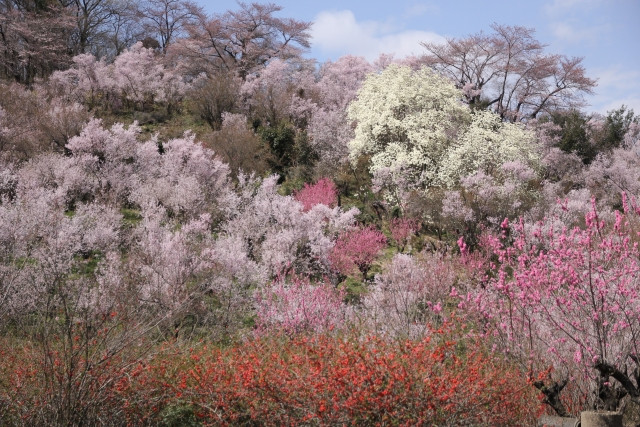
The capital city of Fukushima Prefecture, Fukushima City has no shortage of activities for visiting tourists. Some of Fukushima City’s best attractions are Hanamiyama for cherry blossom viewing in early April, the Azuma mountain range with Mt. Azuma-Kofuji that resembles a mini Mt. Fuji, and its many onsens - including Tamagoyu Onsen in Takayu Onsen area, Tsuchiyu Onsen, and Iizaka Onsen. Don’t miss out on Fukushima’s gourmet delights like fresh pluck peaches and apples, sake & beer straight from their breweries, and more. For an experience, visit a brewery or go fruit plucking, and there’s even a special event where you can visit an orchard at night held only twice a year.
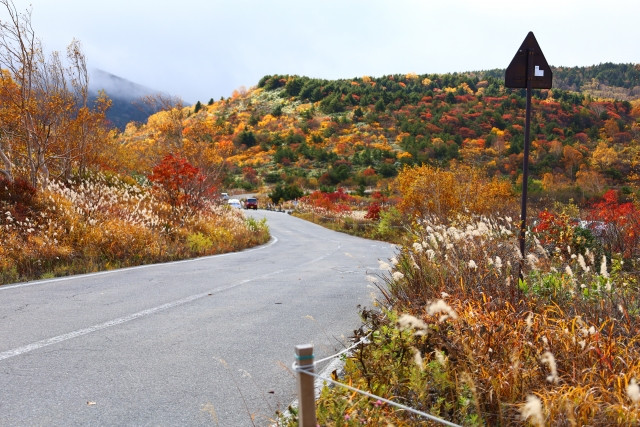
If you are able to, rent a car and take a drive on the Bandai-Azuma skyline, the “Road that Runs Across the Sky”. This mountain road offers a breathtaking view of Fukushima City. It’s only open from mid-April to mid-November, so make sure to check before planning your trip.
※ Fukushima Guide, “Top 10 Things to do in Fukushima” ※ JNTO, “Fukushima City”
Aizu-Wakamatsu City

For the history buffs, Aizu-Wakamatsu is the place to go due to its unique connection to samurai history. Called the Samurai City, it was once a prestigious castle town thanks to its strategic location. Visit the Aizu Clan School Nisshinkan that was established in the 1800s as a school to train young men into samurai. Only sons of samurai were accepted, and from a tender age of 10, they were taught martial arts and the samurai code of discipline. The school has been restored to its former glory and visitors can enjoy the architecture and samurai training, as well as experience hands-on activities like archery, painting, and more.
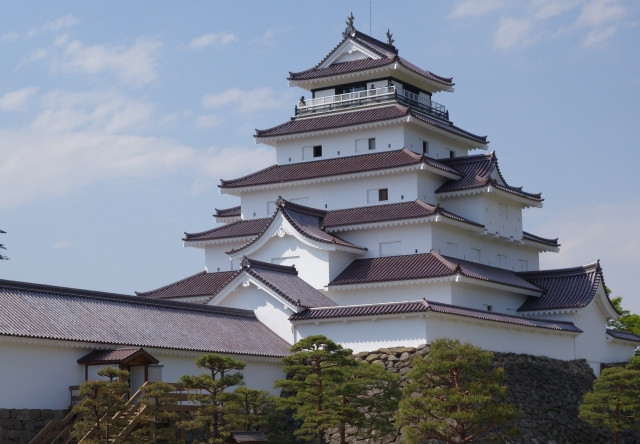
Don’t miss out on the city’s greatest landmark, Tsuruga-jo. With its splendid crimson roof standing out from its white walls, it is the only castle showcasing such brilliant colours in Japan. Inside the castle walls, you can learn about the Aizu’s history. Nearby is Tsurugajo Kaikan where you can buy souvenirs to commemorate your visit and take a break. The last stop on your walk down samurai lane is the Samurai Residences that are designated as Important Cultural Assets.
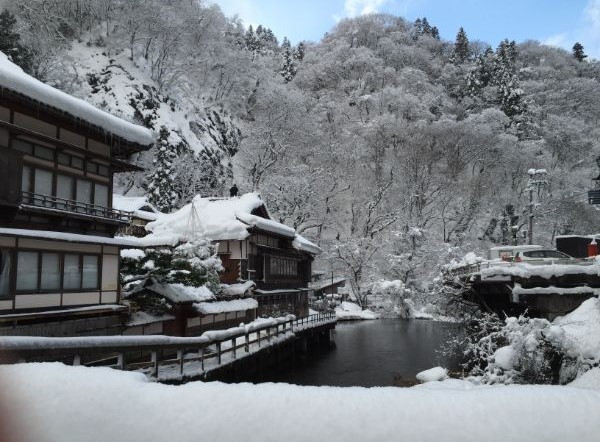
Other attractions in Aizu-Wakamatsu are the hot springs (onsen), the most famous of which is Higashiyama Onsen. Founded more than 1,000 years ago, it is one of the best onsen in the region and visited frequently by famous artists looking to unwind and perhaps gain inspiration. It is the perfect place to relax and rejuvenate after a whole day of exploring.
For more ideas of things to do in Aizu-wakamatsu, visit their official tourism website.
※ Encyclopædia Britannica, Inc., “Aizu-wakamatsu”
Nikko National Park
Opened in 1934, Nikko National Park is one of the first national parks in Japan. With a total area of 114,908 hectare or 1,149.08 square kilometers, it includes parts of Fukushima, Tochigi and Gunma Prefectures. Most of the park consists of mountains like Mt. Nantai and Mt. Shirane. This is because the park is located on part of the Nasu Volcanic belt. Aside from the rocky volcanic mountainscape, you can also see majestic lakes, waterfalls, and forests.
The Ministry of the Environment Government of Japan has provided a handy map on the highlights of Nikko National Park. Towards the Fukushima side, the highlights are Shiobara Gorge, Numappara Moor, Kinu-numa Swamp, Mt. Nasudake, and Mt. Shirane.
※ Ministry of the Environment Government of Japan, “Nikko National Park” ※ Ministry of the Environment Government of Japan, “Highlights of Nikko National Park” ※ JNTO, “Explore Nikko National Park”
Oze National Park
Fukushima is rich in natural landscapes, which is why we have another national park on the list! Located near Nikko National Park is Oze National Park. With a total area of 37,200 hectares, it is much smaller than Nikko National Park but encompasses more areas namely Fukushima, Gunma, Niigata, and Tochigi Prefectures. It is most famous for its Ozegahara Marshland, Lake Ozenuma, skunk cabbages in late spring to early summer, and autumn foliage.
※ JNTO, “Explore Oze National Park”
Lake Inawashiro
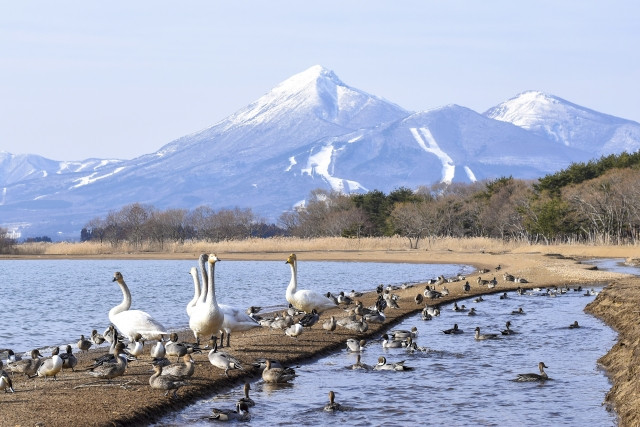
In the centre of Fukushima Prefecture lies Lake Inawashiro, the fourth largest freshwater lake in Japan. With clean air and water, it is an ideal location for camping and swimming with friends and family. With waters so clean and clear, it makes for a picturesque sight when Mt. Bandai is reflected on its surface, the lake is truly deserving of its other name, Heavenly Mirror Lake (天鏡湖 Tenkyoko). If you visit during winter, you may even get to see a marvellous spectacle of 200 migratory swans stopping by the lake.
Nearby is Hideyo Noguchi Memorial Museum, a museum in honour of famous bacteriologist Hideyo Noguchi who is depicted on the 1,000 yen note.
※ JNTO, “Lake Inawashiro Area”
Iwaki City

Iwaki City is a coastal city in Fukushima, south of where the nuclear accident occured. It is a great place for beach activities, catching waves, and dining on mouth-watering seafood. Iwaki’s most famous attraction is the Spa Resort Hawaiians, a Hawaiian themed water park spa resort featuring water slides, dancing hula girls, fire dance, hot springs, and more. Try Hawaiian food and drinks at their Luau Food Court.
Other fun things to do in Iwaki is fishing or surfing at Hisanohama beach, or if you’re just looking to sunbathe or a romantic sunset walk on the beach, try Yotsukura beach, the easiest to access apparently. Not fond of the hot sun? The Aquamarine Fukushima Aquarium has you covered. Meet otters, sea lions, Japanese cormorants, and more.
Bandai Town
Bandai is a small town in Fukushima Prefecture, located just north of Lake Inawashiro. For those who want to go hiking and see more of Fukushima’s beautiful landscapes, you can visit the Bandai-Asahi National Park. Bandai is also a great place to enjoy snow sports, visit Hoshino Resorts Alts Bandai in winter for skiing, snowboarding and CAT tours; or Hoshino Resorts Mellow Woods in summer for golfing. For a slice of history and culture, or perhaps religion, visit Buddhist temple Enichi-ji.
※ JNTO, “Explore Bandai-Asahi National Park”
Unique Experience only in Fukushima: Hope Tourism
Fukushima offers a unique tour experience in the form of Hope Tourism, an opportunity to see up close and personal the devastation of Fukushima’s Nuclear Accident and to witness the revitalization efforts. Get as close as you can to Fukushima Daiichi Nuclear Power Station, speak to guest speakers about social challenges and recovery efforts, ask questions that you can’t get answers anywhere else. A truly awe-inspiring life-changing experience it will be as you witness firsthand the rebuilding of an entire town.
Food to Eat at Fukushima
While in Fukushima, make sure to eat the delicious local food!
Kozuyu
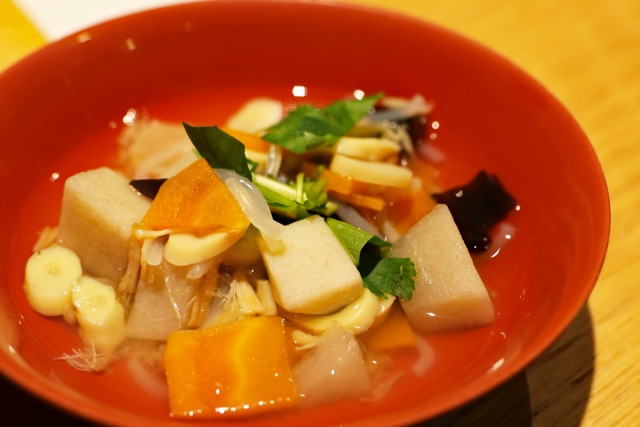
Kozuyu is the regional dish of Aizu-Wakamatsu. It is a soup dish made with soy sauce-seasoned dried scallop soup stock boiled with ingredients like satoimo (Japanese taro), carrots, cloud-ear mushrooms, enoki mushrooms, ginkgo nuts, and mamefu (wheat gluten balls). Konjac noodles may also be added.
Enban Gyoza

Gyoza is a common dish all over Japan. In Fukushima, they have enban gyoza (disk dumplings) which are disk-shaped tightly packed pan fried meat dumplings. Not only is it delicious with crispy skin, it is also very photogenic.
Nishin no Sansho-zuke
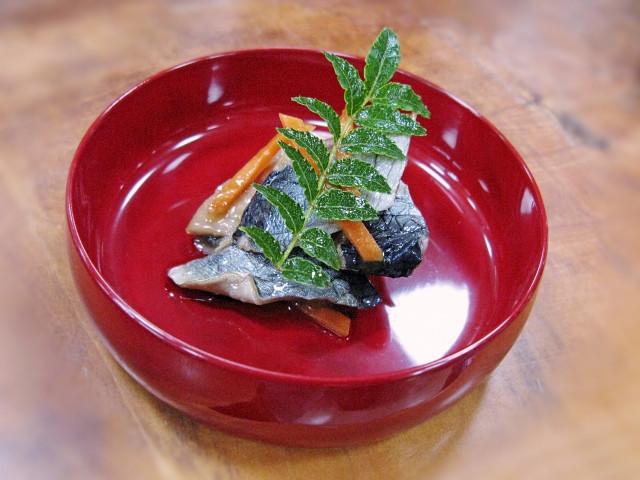
A local side dish often served in izakayas and paired with sake. Nishin no Sansho-zuke is herring pickled with sansho peppers.
Kitakata Ramen

Originating from Kitakita City, Fukushima is Kitakita ramen. Kitakita ramen’s characteristics are:
-
Soy sauce based broth
-
Toppings of chashu, bamboo shoots, fish cake (naruto) and spring onions
-
Thick, flat, and curly noodles called Hirauchi Jukusei Taka Suimen
Kitakita ramen is one of the top 3 most popular ramen in Japan, alongside Hakata and Sapporo. This may surprise ramen lovers abroad as it’s not often available outside of Japan, so you have to come try it!
※ JNTO, “Kitakita Ramen Noodles”
Frequently Asked Questions about Fukushima
Is it safe to visit?
Yes, Fukushima is safe to visit as long as you don’t go wandering into restricted areas. Fukushima Prefecture is humongous. If you are on the opposite end of the prefecture from the nuclear sight, it is unlikely to be exposed to any harmful radiation. Abide by the rules, and you will be safe.
※ National Geographic, “Is it Safe to Visit Fukushima?”
Can I visit the disaster area?
If you are interested in having a close-up look, join the Hope Tour above.
※ Fukushima Travel, "Safety in Fukushima"
In Conclusion

There are many unique activities that Fukushima has to offer. Blessed with natural landscapes, that’s 3 national parks, it is a dreamland for hikers and environment lovers. There are also plenty of attractions suitable for everyone, from foodies to surfers. We hope this article helps you make up your mind to visit the land that rises again, Fukushima.



















.jpg)













